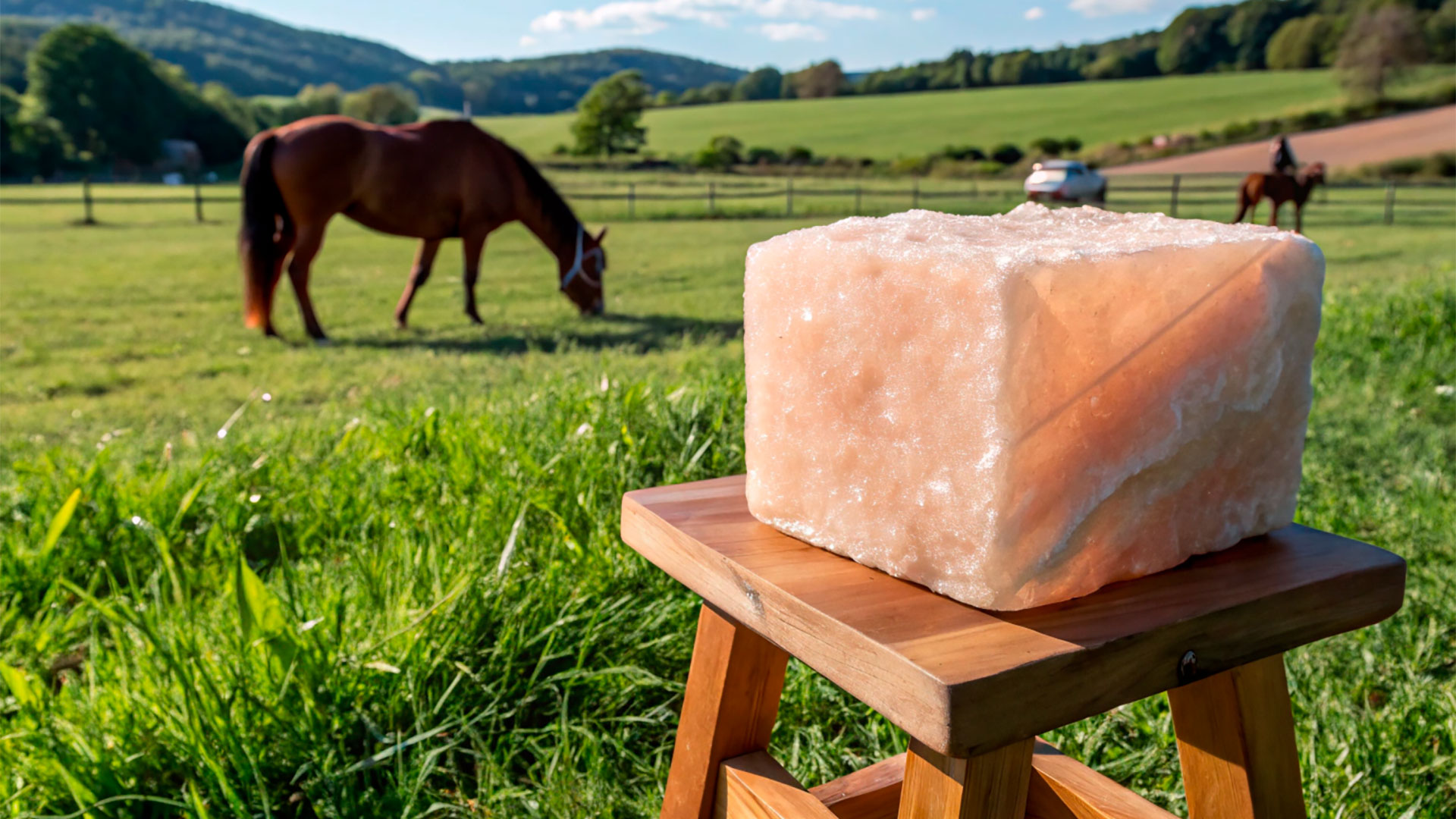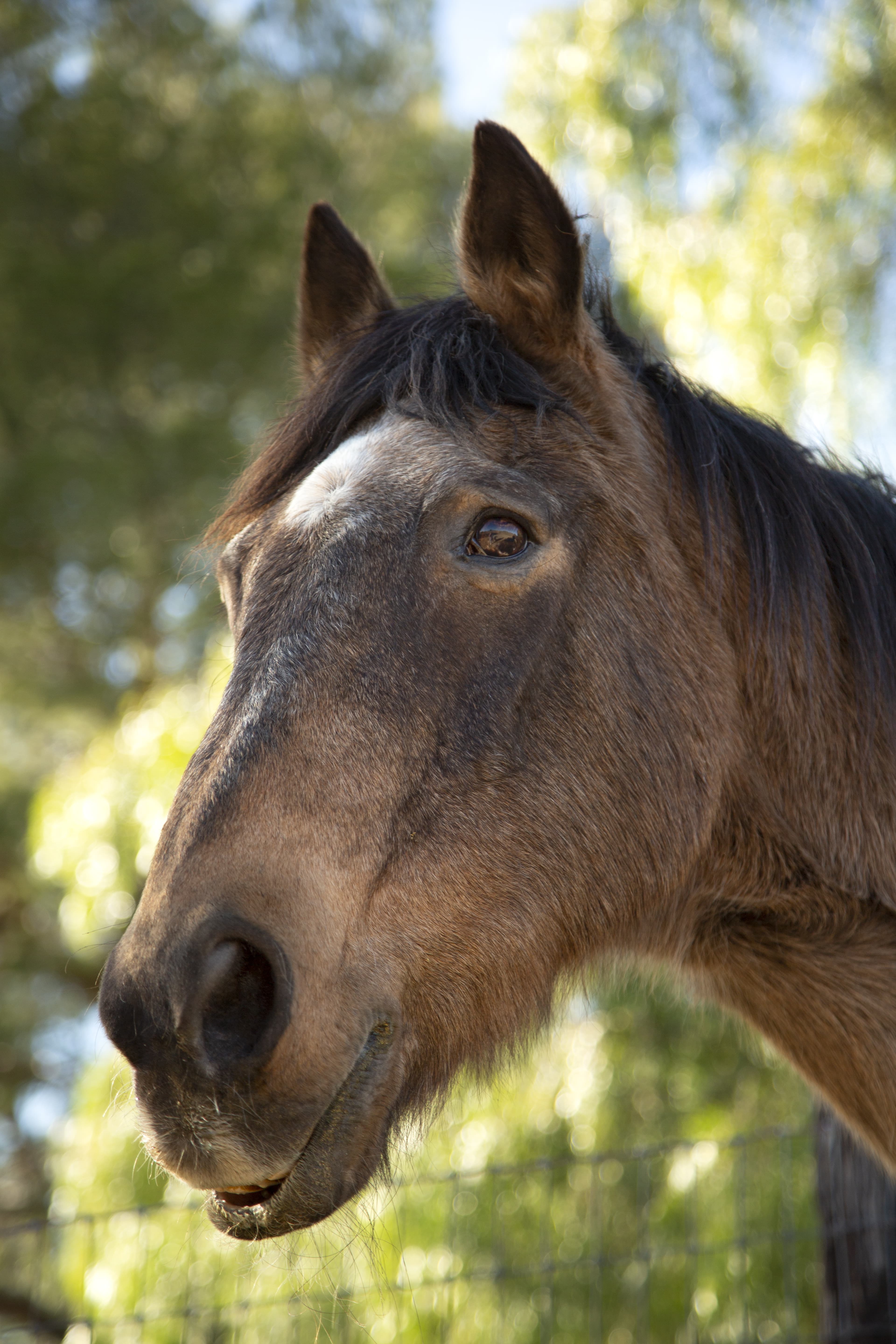
Discovering the last undomesticated horse species
The Przewalski Horse is the only species of horse that has never been domesticated, and the history behind them is fascinating.
Deep in the Khustain Nuruu National Park, also known as Hustai National Park, in the centre of Mongolia, lives one of the rarest horse species. We are talking about the Przewalski horse, one of the few subspecies of savage horses that keeps a very direct heritage from the first equines that roamed the Earth.
All Przewalski horses are light brown, with black hair and end of the legs, and a white muzzle. Their herds graze freely in the Mongolian park, something miraculous as the species disappeared and has rebirthed after great efforts from conservationists.
You will find interesting: Australia plans on sacrificing 10000 wild horses
The only undomesticated horse species
Przewalski is a Polish word that belongs to Nikolai Przhevalsky, but most conservationists, zoologists and curators call it “P-horse”. At first it was believed it was discovered by the Russian explorer Colonel Nikolai Przhevalsky in the 19th century. However, they were first sighted in the 15th century by Johann Schiltberger.
P-horses are wild, undomesticated horses, the only surviving species of wild horse. Other horses that roam freely like the North American Mustang are actually descended from feral domesticated horses that escaped their herds and adapted to living without direct human influence. As other equines like zebras, P-horses have never been domesticated.
Species with different numbers of chromosomes cannot breed to create a viable offspring. For instance, domestic horses have 64 pairs of chromosomes, and donkeys 62. This is why when they breed they give birth to a mule with 63 chromosome pairs that are sterile. In the case of Przewalski horses, they have 66 chromosomes, and if they breed with a domestic horse their offspring has 65.
Related article: The different horse coat colours and patterns
Przewalski horses almost went extinct
These horses became known in science after Colonel Przhevalsky described them. By 1900, German merchant Carl Hagenbeck had captured most of them as he was a seller of exotic animals for zoos across Europe.
Even before Hagenbeck most P-horses were being over-hunted, so the few remaining wild hers suffered from habitat loss. By 1945, there were just 31 remaining P-horses in the world in the Munich and Prague zoos. By 1950, this number decreased to 12. This means these horses went completely extinct in the wild and were critically endangered.
In a heroic conservation effort, all horses that are alive today have descended from 9 of the 31 captive horses. Since this moment, the Zoological Society of London has worked with Mongolian researchers to ensure the conservation of the Przewalski species.
In 50 years the species recovered to over 1500 individuals, and more than 300 horses have been reintroduced to their native Mongolian habitat. Besides the efforts of the Zoological Society of London, they have other reintroduction sites near the Gobi desert and there is even a successful herd reproducing on its own in the Chernobyl exclusion zone.
The unique language of Przewalski horses
Not only are P-horses unique from other equine species, they also express themselves vocally in a different way from feral horses. According to a study from Switzerland, Przewalski’s horses communicate their emotional valence in a different way from other horses.
Researchers from the ETH Zurich and the University of Bern recorded 23 Przewalski’s horses of different ages, to discover more about their sounds when researchers presumed a positive emotion or a negative experience. As a result, they compared the data with similar one collected from the vocalization of domesticated horses.
Even if they are generally similar, there are significant differences. P-horses do not indicate emotions through the duration of whinnies and frequencies in the same way as other horse breeds. This could be caused by the genetic diversity between both types of horses.
To visit the Mongolian National Park where these horses roam freely you have to pay a symbolic amount to help the conservation of the area. There is only one hotel in the Hustai National Park as the area is extremely protected.
However this area is not like going to a safari. The terrain is mountainous and you will be able to feel alone amongst animals, far away from massive tourism.
Did you know about Przewalski horses and how they were reinserted into the wild? If you liked this article, we would love to know! Comment on our social media: we are on Facebook, Instagram and Twitter.












_v2.svg)
_v2.svg)









_v2.svg)


